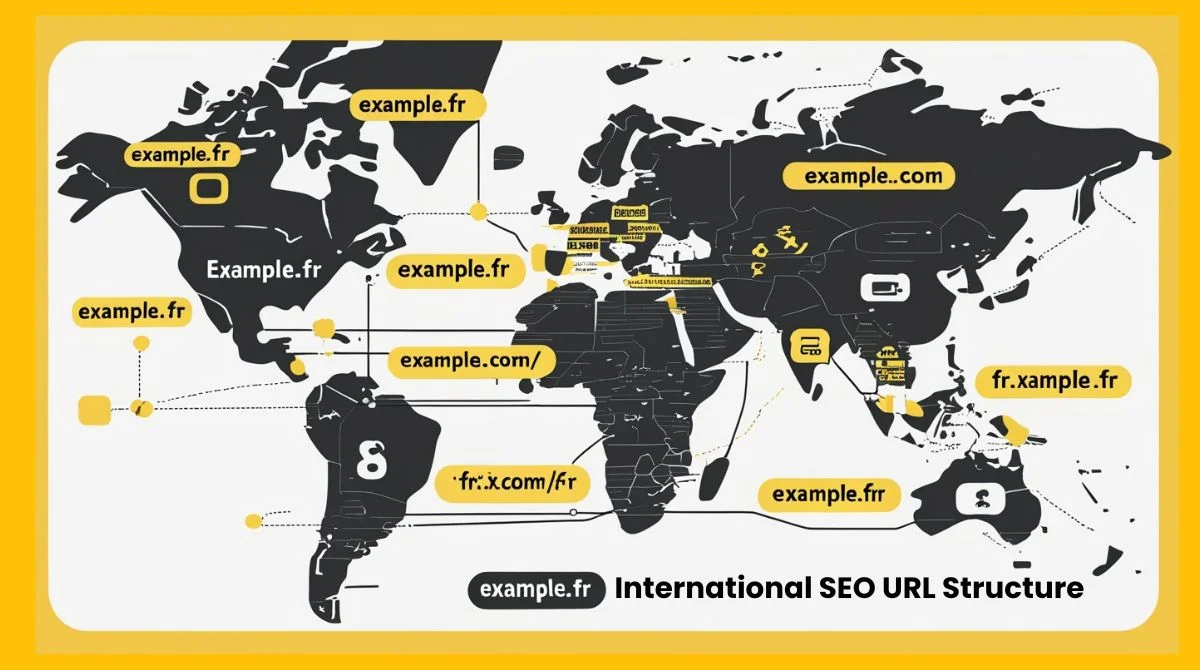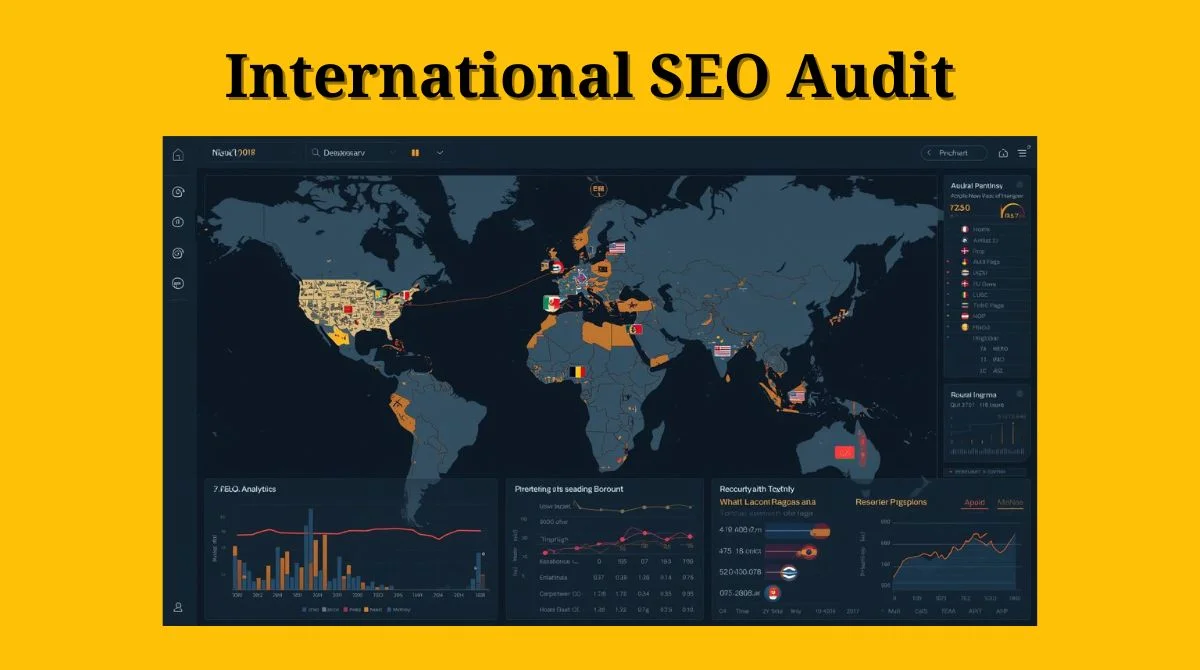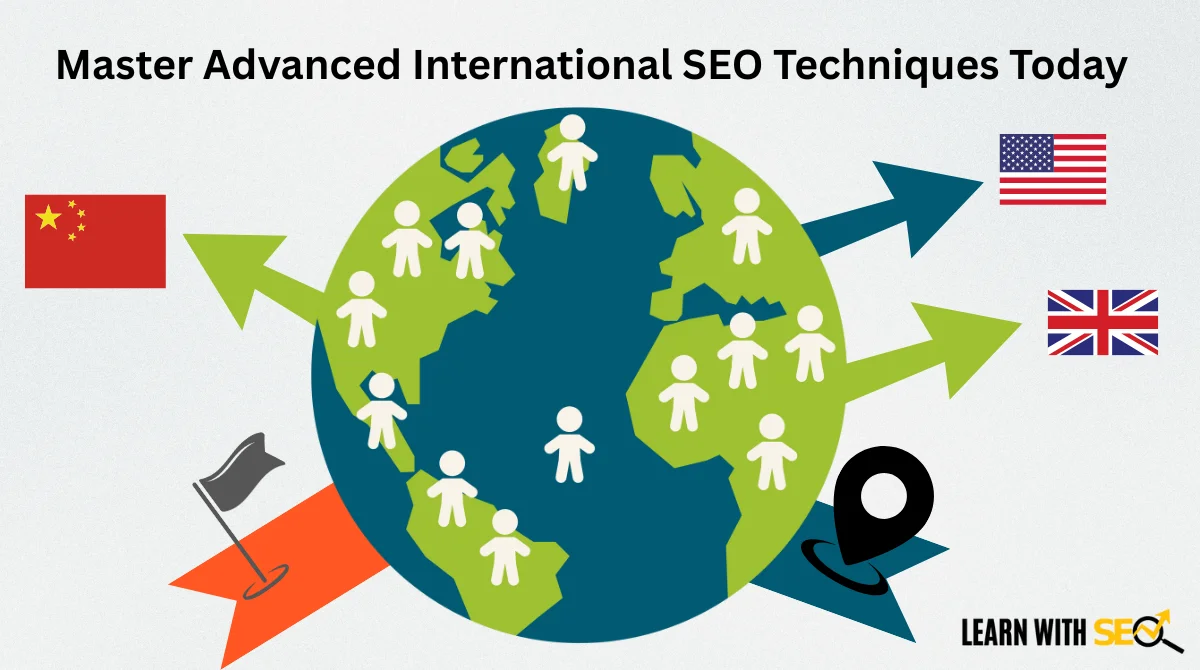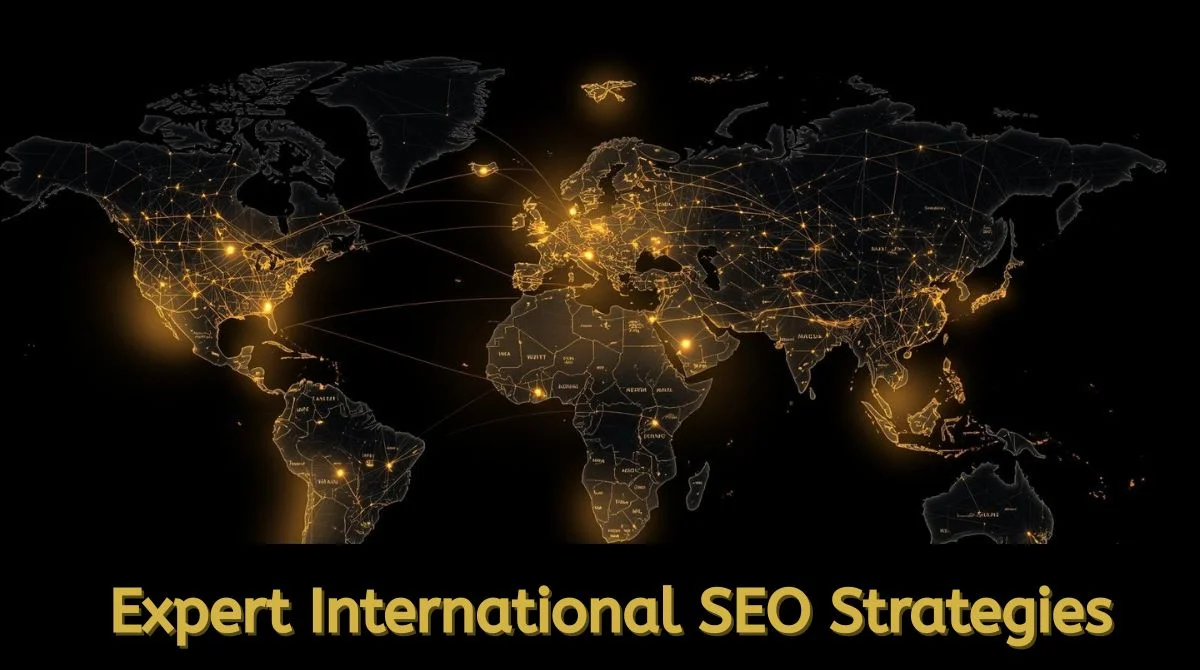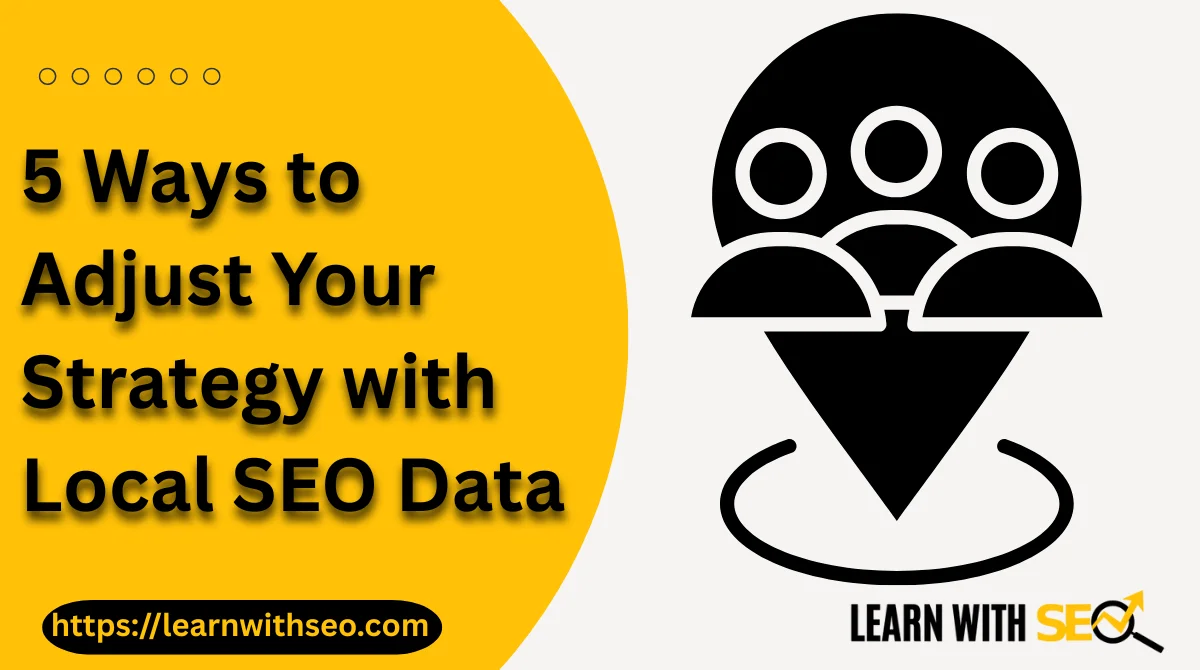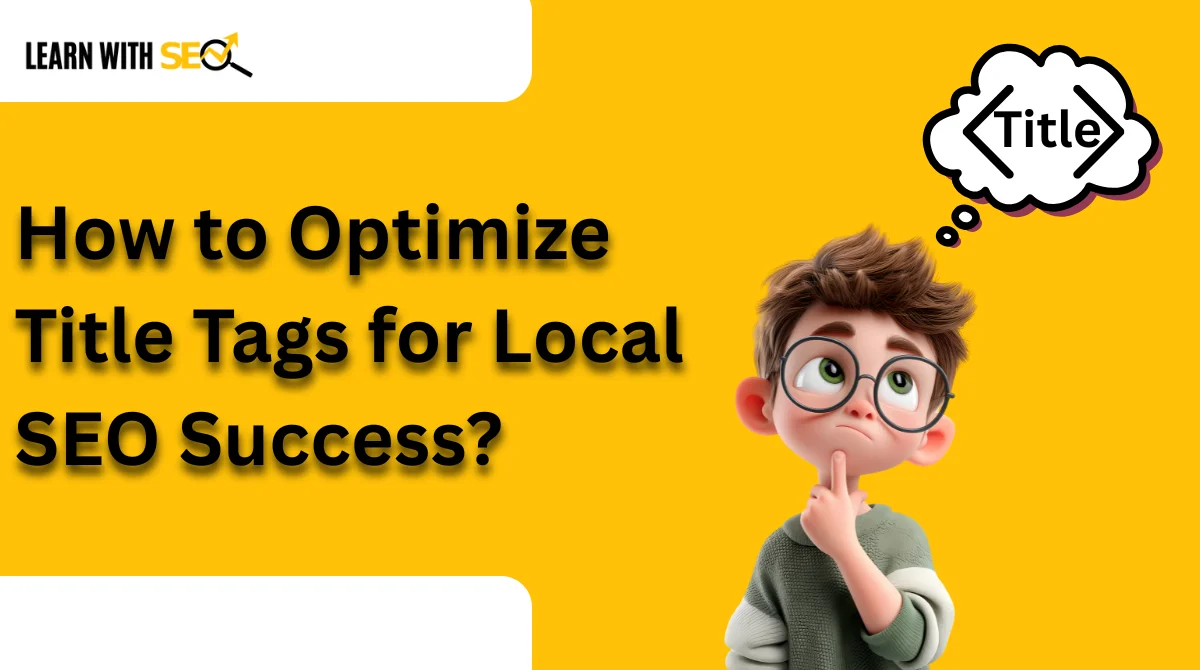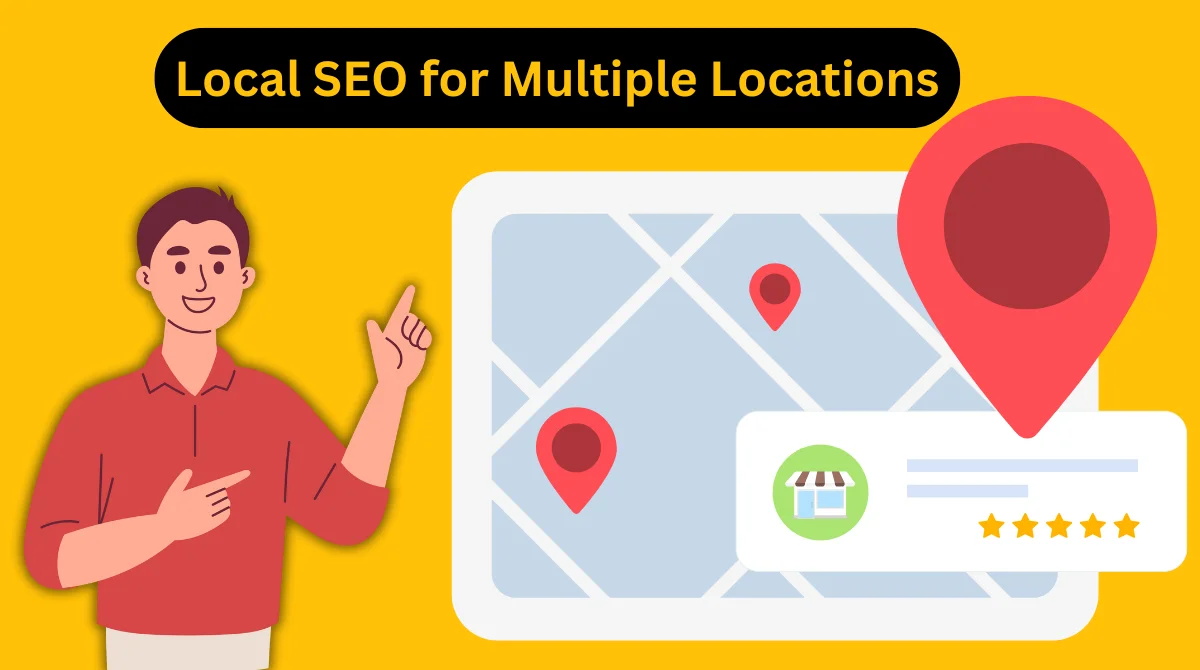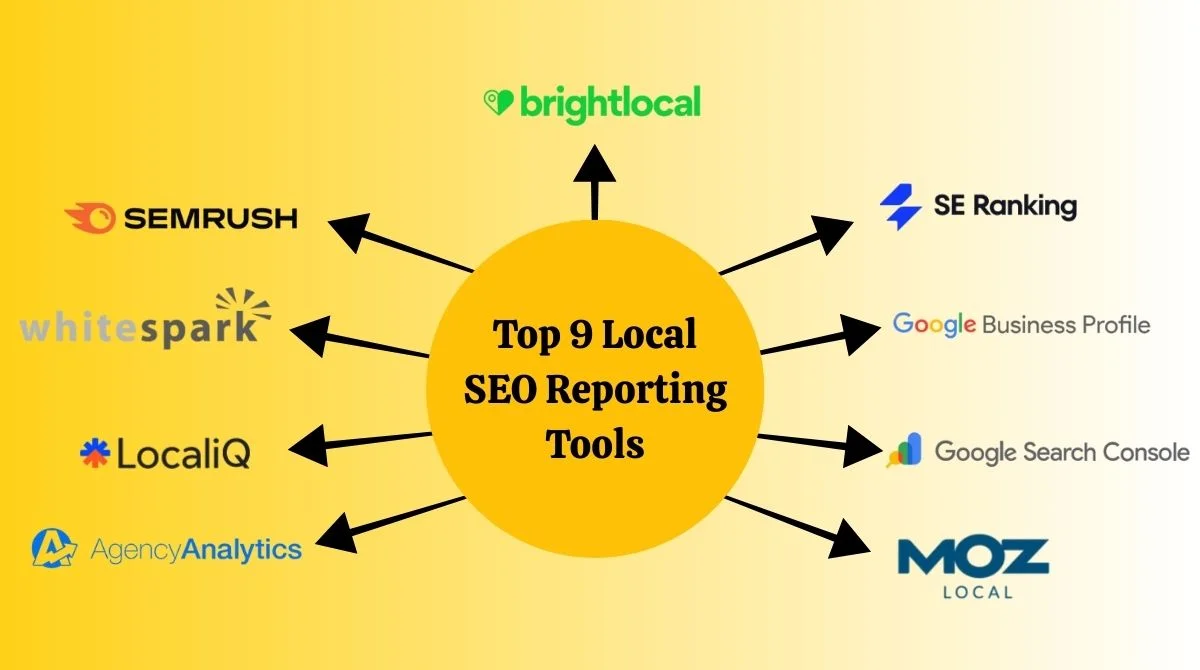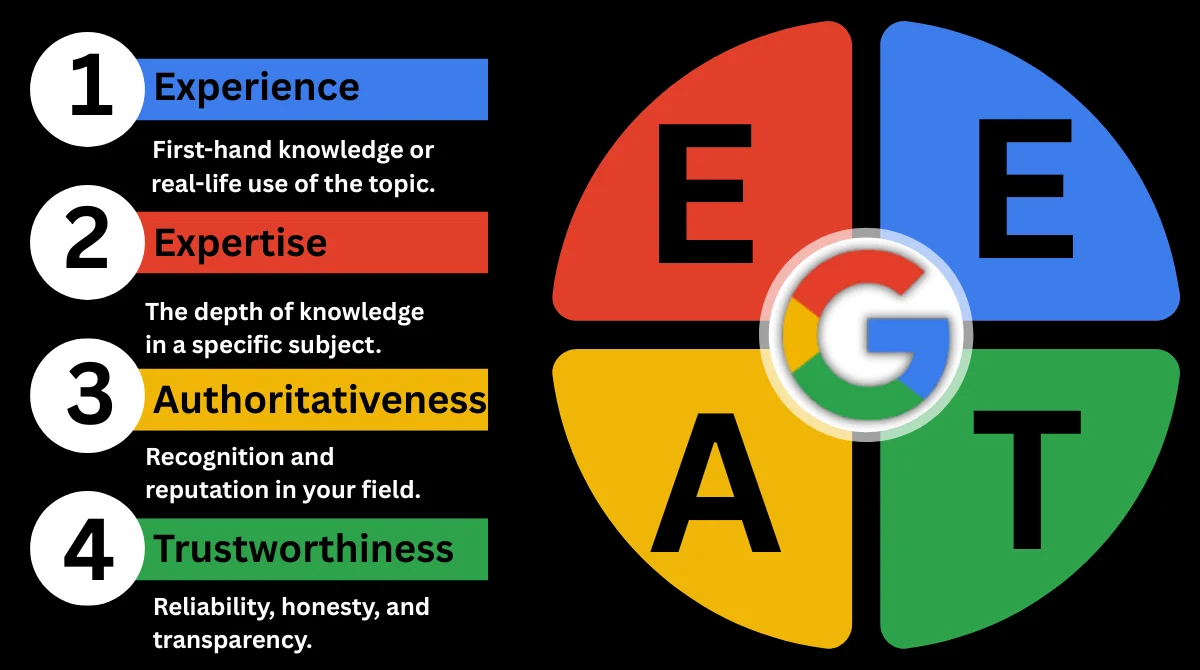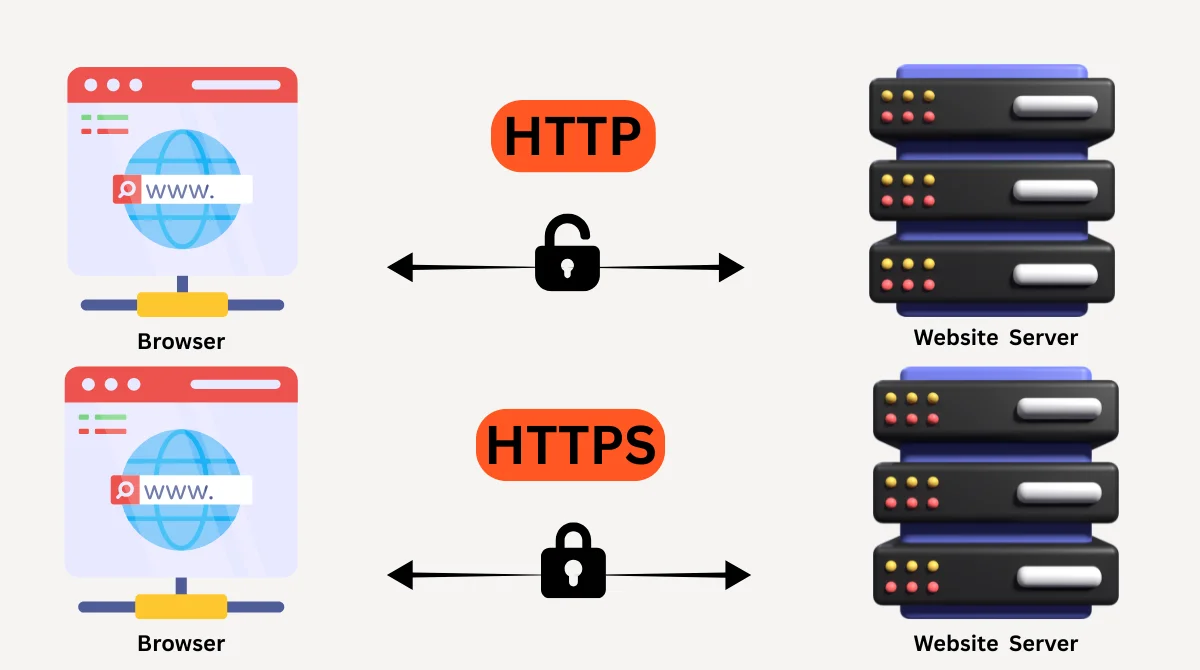- What is Generative Engine Optimization (GEO)?
- Why GEO Matters for Content Marketing?
- 1. Write in a Conversational, Human-Friendly Style
- 2. Use Question-Based Headings and Answers
- 3. Provide Clear Definitions and Summaries
- 4. Use Structured Data and Schema Markup
- 5. Build E-E-A-T: Experience, Expertise, Authoritativeness, Trustworthiness
- 6. Diversify Content Formats for AI Consumption
- 7. Test, Monitor, and Adapt to AI Trends
- Extra Tips for GEO Success
- Final Thoughts
The world of content marketing is evolving. Search engines are no longer the only way people discover information online. Instead, AI-powered answer engines such as Google’s Search Generative Experience (SGE), ChatGPT, Bing Copilot, and Perplexity are changing the rules of visibility.
These tools don’t just show lists of blue links. They generate direct answers, pulling information from multiple online sources. This shift has introduced a new approach called Generative Engine Optimization (GEO).
While Search Engine Optimization (SEO) is about ranking higher in search results, Generative Engine Optimization is about making your content easy for AI systems to understand, retrieve, and use in their generated answers.
Without GEO optimization, your brand could disappear in today’s evolving digital world. To help you stay ahead, let’s explore seven geo-targeting tips for content marketing success, explained in simple, clear language.
What is Generative Engine Optimization (GEO)?
Generative Engine Optimization is the practice of structuring, writing, and presenting content in a way that makes it more likely to be recognized and featured by AI-driven search engines.
In simple words:
- SEO = get found in search results
- GEO = get featured in AI answers
For example, if someone asks Bing Copilot, “What are the best content marketing strategies?”, the engine may generate a summary that pulls directly from blogs, guides, and research papers. If your content is well-optimized for GEO, it has a higher chance of being included in that summary.
Why GEO Matters for Content Marketing?
Generative engines are rapidly becoming the default way people consume information. Instead of reading five articles, users now get one AI-generated response. If your content isn’t part of that response, you might lose visibility, traffic, and authority.
Here’s why GEO matters:
- Answer Engine Visibility: Your brand becomes part of AI-generated recommendations.
- Trust & Authority: Being featured by AI engines signals credibility.
- Future-Proof Strategy: Keeps you relevant as user behavior shifts from search to conversation.
- Better Engagement: Content that fits natural queries resonates with real users, too.
In essence, GEO doesn’t replace SEO; it strengthens it. The two need to work hand in hand for sustainable content marketing success.
1. Write in a Conversational, Human-Friendly Style
AI tools such as ChatGPT and Google SGE are designed to respond to natural language. If your content feels too technical or keyword-stuffed, it’s less likely to be chosen.
Tips for conversational writing:
- Use simple, clear words instead of jargon.
- Break down complex ideas into easy explanations.
- Write like you’re answering a friend’s question.
- Keep sentences short and paragraphs digestible.
Example:
Instead of writing:
“GEO introduces a new approach to content optimization tailored for generative AI systems.”
Write:
“GEO introduces a modern method of content optimization, helping AI tools like ChatGPT and Bing Copilot feature it in their answers.”
2. Use Question-Based Headings and Answers
Generative engines focus heavily on question-and-answer structures. That’s how users interact with them by asking direct questions.

To optimize:
- Write H2 or H3 headings as questions.
- Provide a clear answer in the first 1–2 sentences.
- Expand with examples, statistics, or details afterward.
For example:
What is Generative Engine Optimization?
Generative Engine Optimization (GEO) is the process of making content easier for AI-powered tools to understand and include in their answers. It involves writing clearly, structuring information well, and showing authority through reliable sources.
This structure makes it simple for AI to extract and feature your content in generated responses.
3. Provide Clear Definitions and Summaries
AI tools rely on clear, concise definitions to shape their answers. By explaining terms simply and directly in your content, you boost the likelihood of being featured.
How to optimize:
- Add one-sentence definitions for key concepts.
- Summarize long sections with quick takeaways.
- Use bullet points and lists for scannability.
Example:
- Definition: “GEO stands for Generative Engine Optimization, which means creating content that AI tools can easily feature in their answers.”
- Summary: “In short, GEO makes your content more useful for AI and more visible to users.”
Simple, clear statements like these work well for humans and AI alike.
4. Use Structured Data and Schema Markup
While GEO focuses on writing, the technical side of optimization is still crucial. By using structured data (schema), you give AI systems clear guidance on your content.
Types of schema useful for GEO:
- FAQ Schema → Matches user questions and answers.
- HowTo Schema → Great for tutorials and step-by-step guides.
- Article Schema → Ensures AI engines know your content type.
- Product/Review Schema → Boosts e-commerce visibility in AI responses.
Adding schema markup helps AI not just read your content, but also understand context and structure, increasing your inclusion in generative answers.
5. Build E-E-A-T: Experience, Expertise, Authoritativeness, Trustworthiness
AI engines filter heavily for quality and credibility. Content that looks shallow, biased, or unsupported won’t cut.
How to strengthen E-E-A-T:
- Experience: Share real-world examples, personal stories, or case studies.
- Expertise: Add author bios that highlight your skills and background.
- Authoritativeness: Get cited by or linked from trusted sites.
- Trustworthiness: Use reliable data, cite sources, and stay factually correct.
The stronger your E-E-A-T signals, the more likely AI engines will trust and include your content in answers.
6. Diversify Content Formats for AI Consumption
Generative engines don’t just rely on plain text. They can also pull insights from tables, bullet lists, images, and even videos.
Ways to diversify:
- Use numbered steps for guides (great for “HowTo” answers).
- Add tables or comparisons (AI loves structured data).
- Include images, infographics, and charts.
- Summarize complex ideas in short highlight boxes.
Example: A table comparing SEO vs GEO can make your article more AI-friendly because the structure is easy to extract.
7. Test, Monitor, and Adapt to AI Trends
GEO is still new, and answer engines are constantly improving. What works today may change tomorrow. Successful marketers will test, measure, and adapt.
How to stay ahead:
- Regularly test your content in ChatGPT, Bing Copilot, Perplexity, and Google SGE. See if your brand shows up.
- Track referral traffic from AI sources (analytics tools are adapting fast).
- Update content frequently to maintain freshness and relevance.
- Keep up to date with AI content policies from Google, OpenAI, and Microsoft.
View GEO as a continuous journey rather than a single solution.
Extra Tips for GEO Success
- Use natural synonyms and related terms so AI engines see depth.
- Avoid clickbait; AI prefers straightforward clarity.
- Answer one idea per section for easy extraction.
- Include FAQs at the end of articles.
- Focus on user intent, not just keywords.
Final Thoughts
Generative Engine Optimization (GEO) is shaping the future of content marketing. Search engines aren’t going away, but answer engines are quickly becoming the go-to resource for users who want instant, clear answers.
If you want your brand to stay relevant, you must adapt. That means writing conversationally, using Q&A structures, providing clear definitions, adding schema, building E-E-A-T, diversifying formats, and constantly testing your visibility in AI platforms.
Remember this simple rule:
- SEO makes you rank. GEO makes you answer-worthy.
By following these 7 GEO targeting tips, you’ll not only increase your chances of being included in AI answers but also build long-term authority and trust with your audience. That’s the real secret to content marketing success in the age of generative AI.


